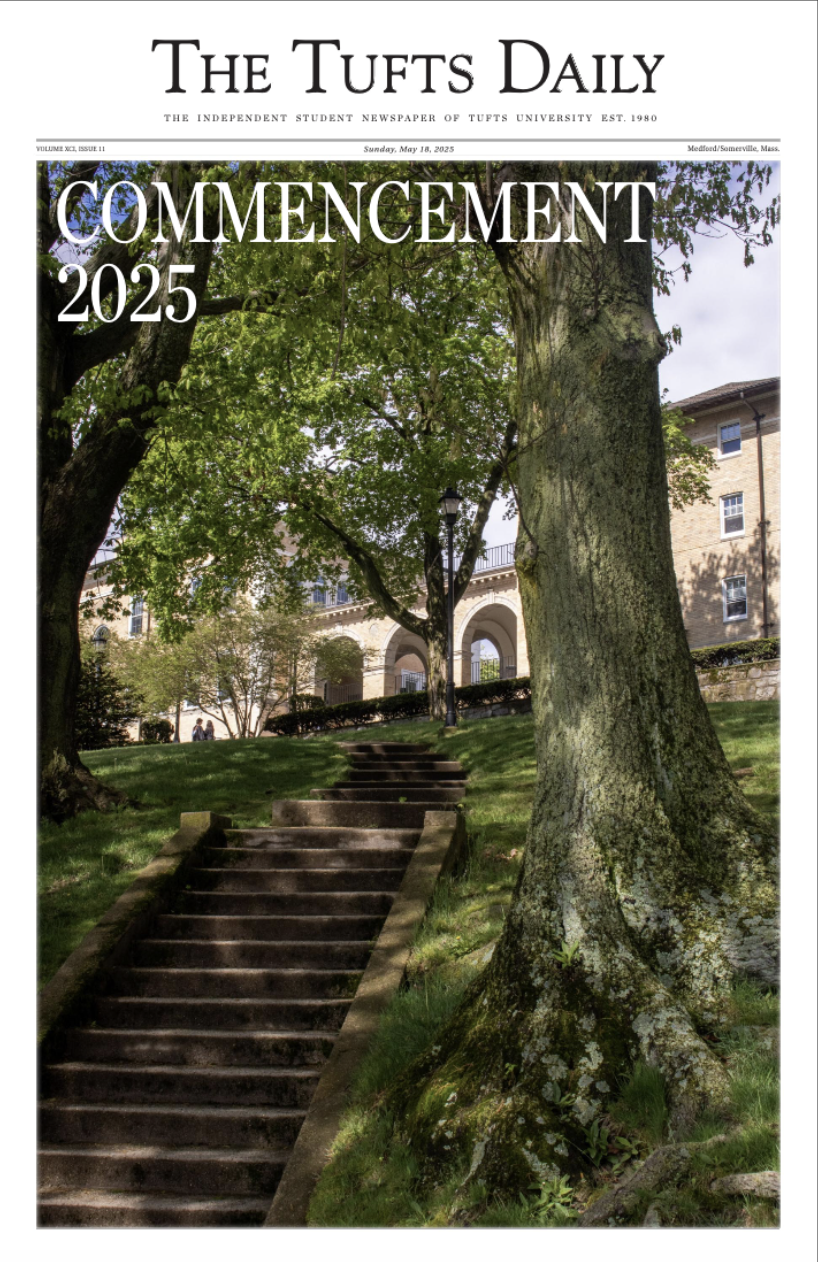Ushered in from the back of the house, two apparent latecomers to the ArtsEmerson production of "The Servant of Two Masters" made a hasty beeline for their seats. Picking their way through the darkened theater and hunching over to avoid obstructing others' views of the stage, the pair visibly tried to enter without attracting much notice. No such luck: Just before they could take their seats, a voice, loud and clear, greeted them. Pantalone, played by Allen Gilmore, waved and called out to the new arrivals from the stage! Far from remaining covert, they were gently chided for their tardiness and then welcomed with a small round of applause and more than a bit of laughter. An unorthodox beginning, this early impression set the tone for the rest of the evening, making clear that, though based on an 18th?century text, this ArtsEmerson production is anything but old.
Originally written in 1743 by Carlo Goldoni, "Servant" starts with young Clarice (Adina Verson), who was promised in marriage to her father's business partner, Federigo Rasponi. Clarice, however, is passionately in love with Silvio (Chivas Michael), and when word of her betrothed's demise comes, it seems that all is saved. That is, until "Rasponi" and his servant Truffaldino (Steven Epp) come to claim his bride. In fact, the new arrival is truly Beatrice (Sarah Agnew), Rasponi's sister, who seeks money from the marriage arrangement so that she may marry her own beau, Florindo (Randy Reyes). A romantic comedy in its purest form, "The Servant of Two Masters" delivers love, lust, and hilarious misunderstanding.
However, if the premise does sound dated to you, en garde! As the late audience members quickly discovered, this production directed by Christopher Bayes revels in the unpredictable. While all engaging dramas must appear unrehearsed, Bayes's "Servant" goes one step further to create true spontaneity; it incorporates known characters and a set plot while making room for situational ad?libbing and significant improvisation. This dramatic choice strips the story down to a skeleton and then allows the director, cast, musicians and crew to do what they do best: create. Through the rehearsal and performance process, that "skeleton" is a work in progress, fleshed?out with inside jokes and outside references that foster a feeling of playful camaraderie among all participants.
The theme of "play" is reflected in all parts of the production. Wonderfully fanciful costumes, such as Clarice's bow?laden dress, Florindo's exaggerated wig and the expressive masks on a few (but not all) characters brilliantly evoke images of dress?up attire and encourage free, romping movement that traditional or period?accurate costumes never could. Adding to this effect are model?like structures, each only a few feet high, dotted around the perimeter of the stage. These imply a village setting, but, because they clearly do not belong to the same scale as the actors, also reinforce the fantasy. A simple sheet, a mimic of the traditional dramatic curtain, hangs center stage and is the primary prop shared by the actors. Least realistic of all, the two musicians who accompany the performance sit on stage with the actors, responding to them and inserting their own musical jokes, a true highlight.
Together, these elements, by reminding the audience that what they are seeing is not legitimate, break down the fourth wall. While in some situations this bending of the rules might make viewers uncomfortable, here it works-and the result is pure fun. The success of this theatrical experiment speaks to the skill and creativity of its cast, especially in an ensemble piece such as "Servant."
Fully drawn into the action, we do not mind when Truffaldino flickers the lights with a plainly visible, oversized switch, or takes the purse of that lady in the front row. We can fully savor Florindo's too?sexy swagger and the few beautiful songs that punctuate the drama. No, it's not realistic, but it doesn't pretend to be.
Instead of clinging to what is "believable" in the real world, the production frees the audience of that expectation,. The result is that in a few delightful moments it's possible to forget any world but the make?believe one on stage. Thus, if this "Servant" is not lifelike, it is alive, and involves both the audience and cast in something truly exciting, from curtain?up to the last "bravo!"





